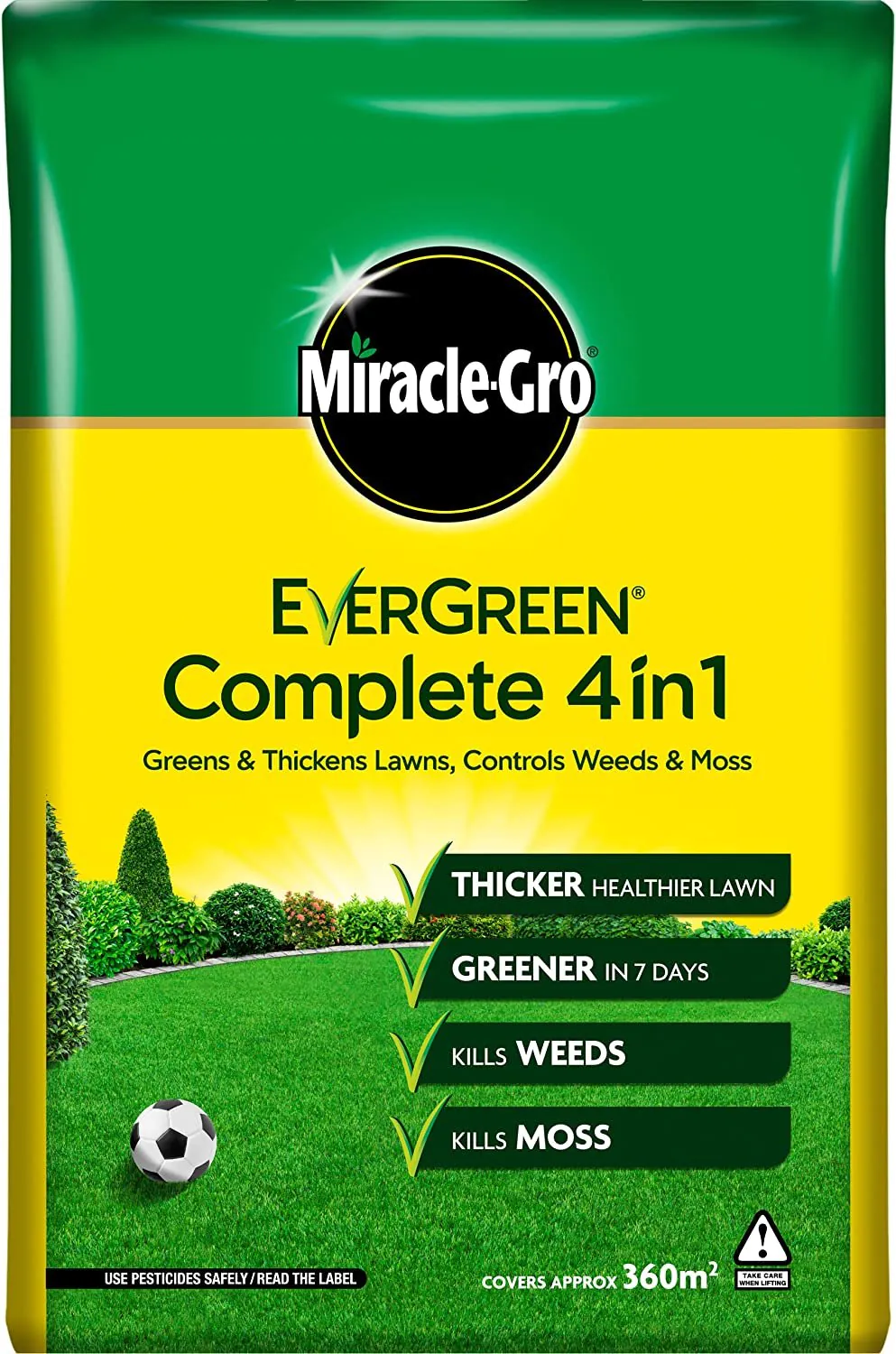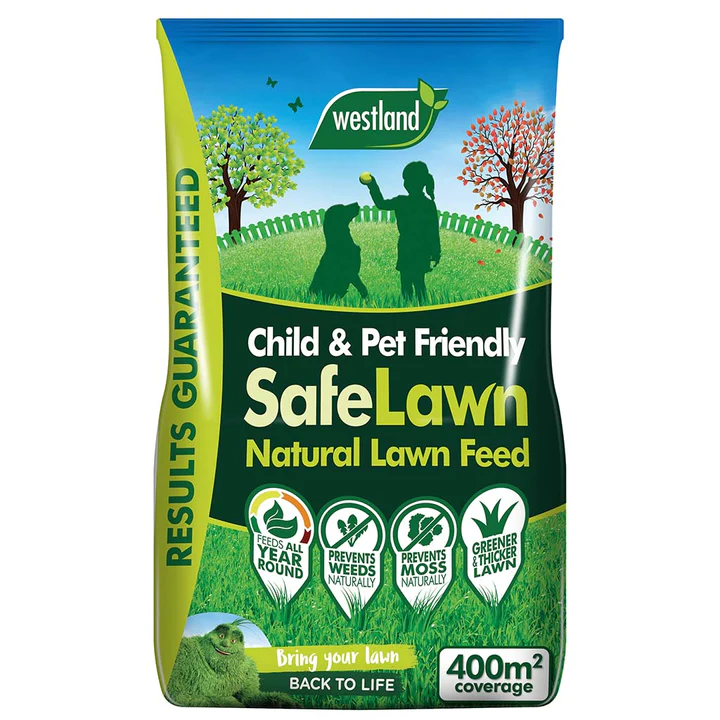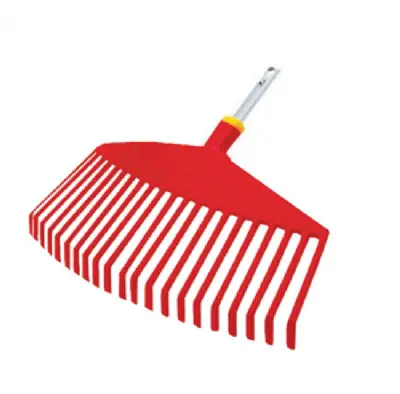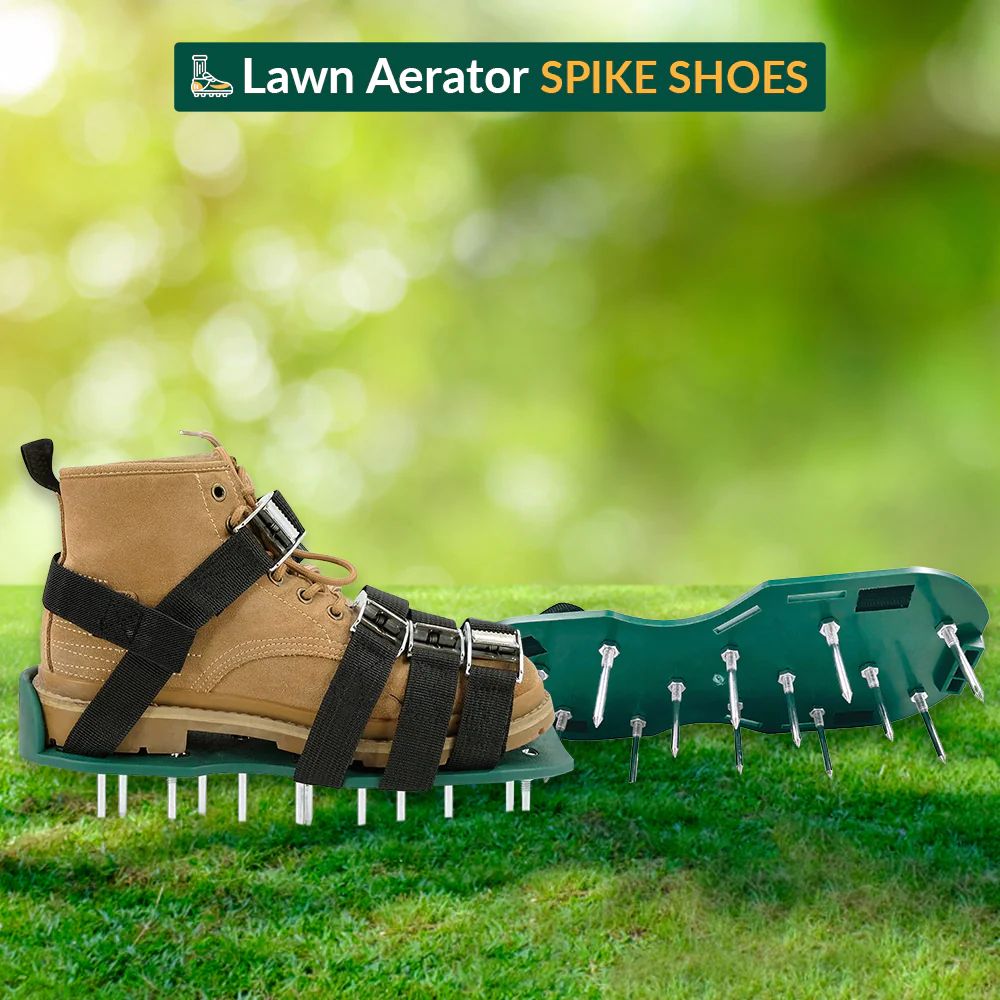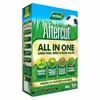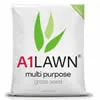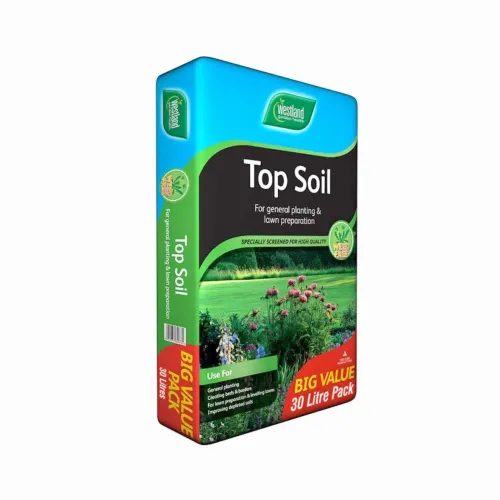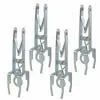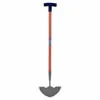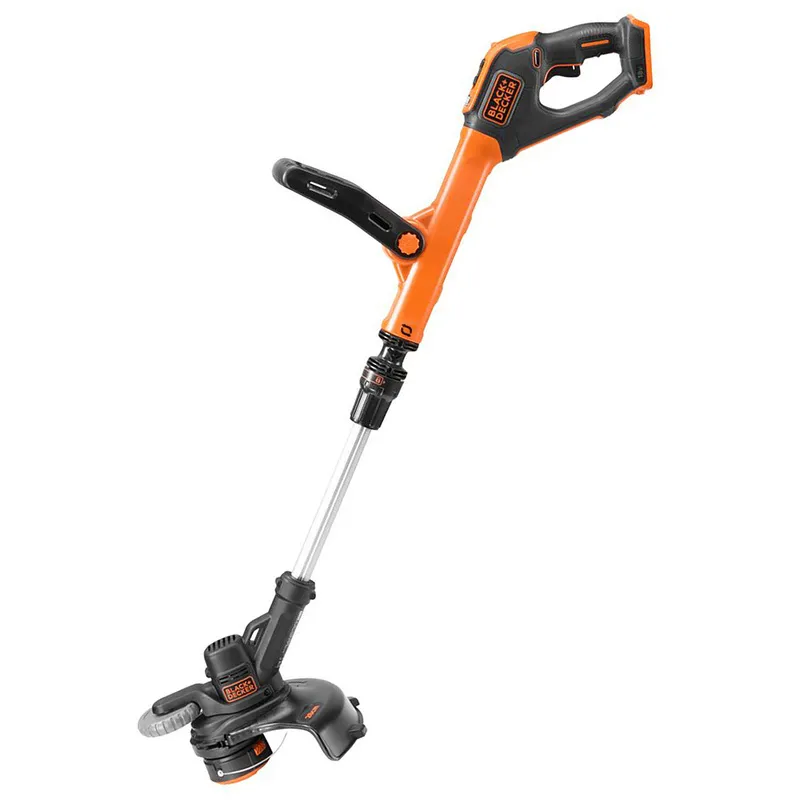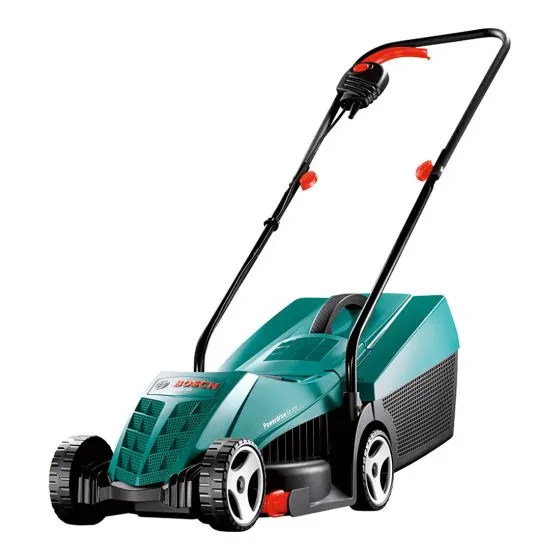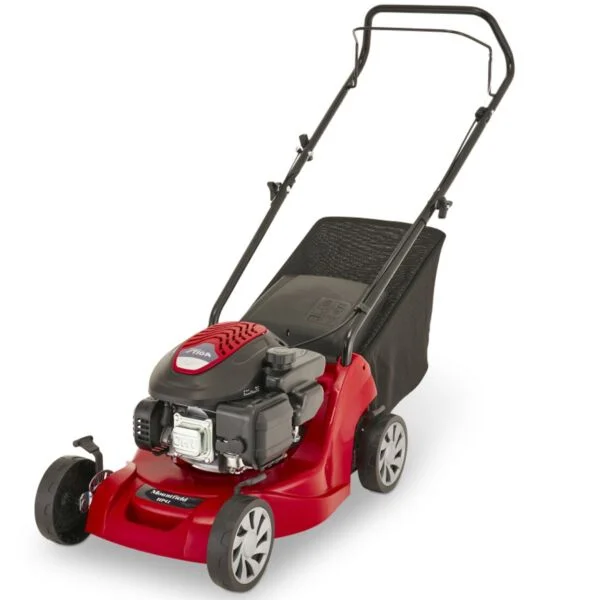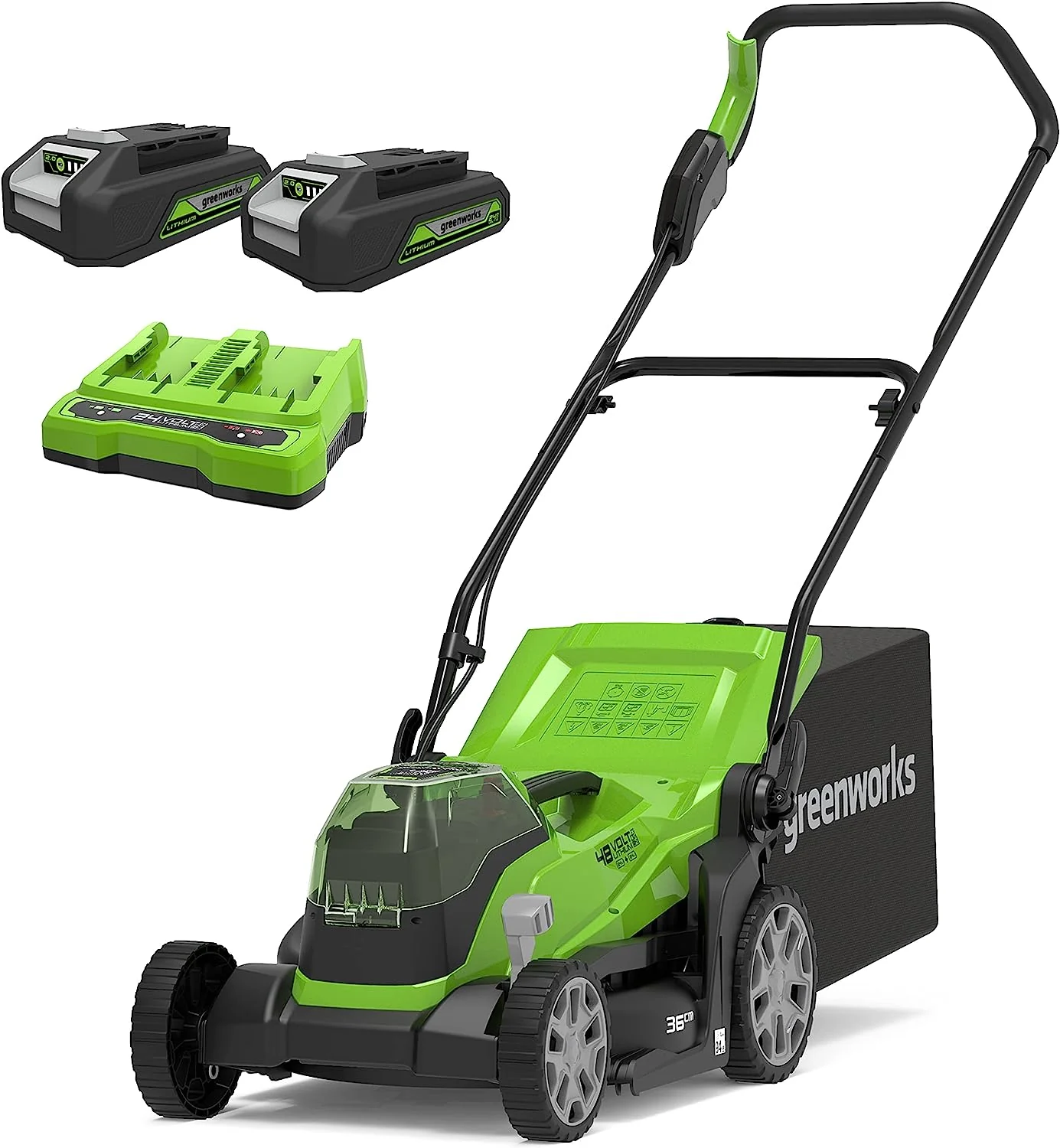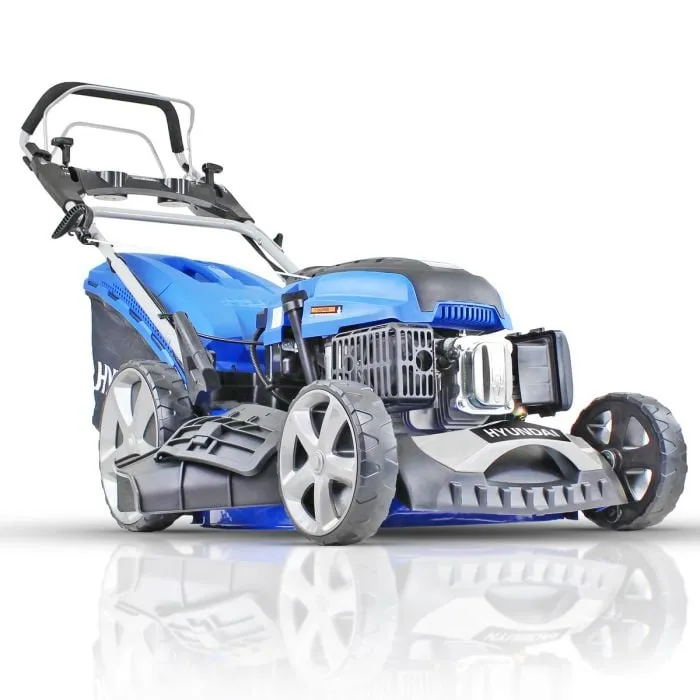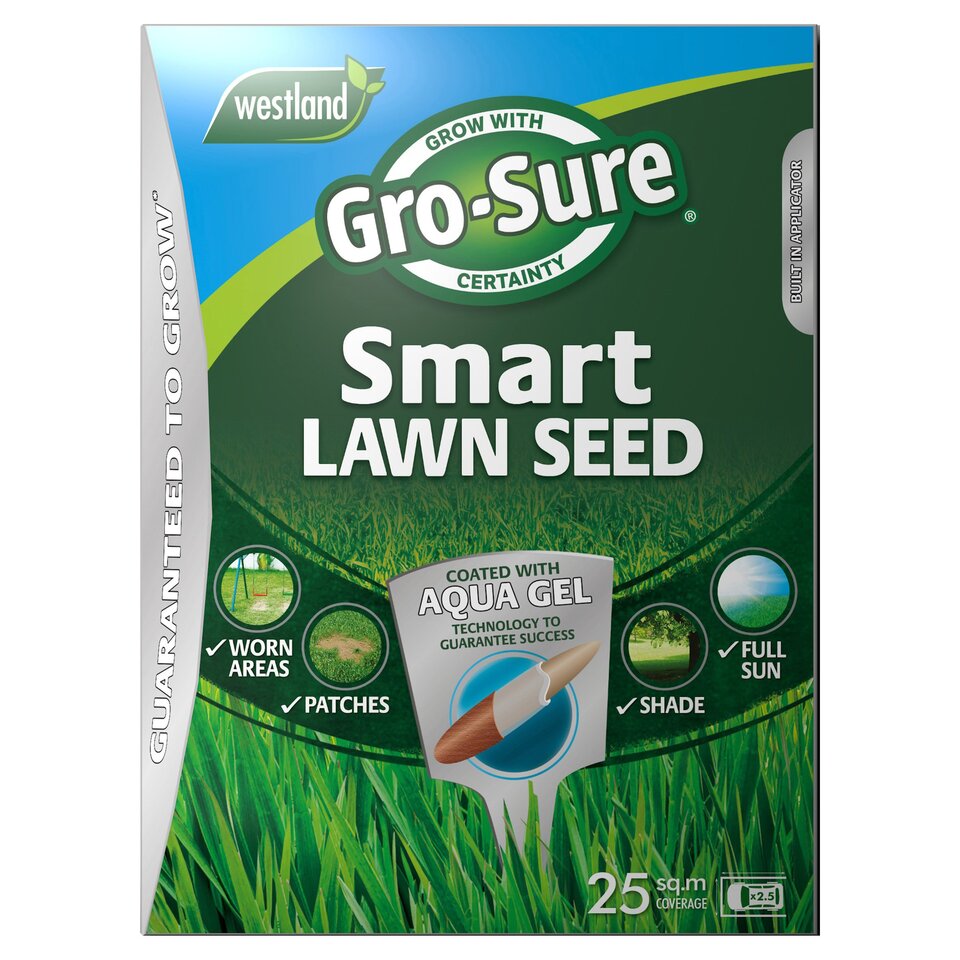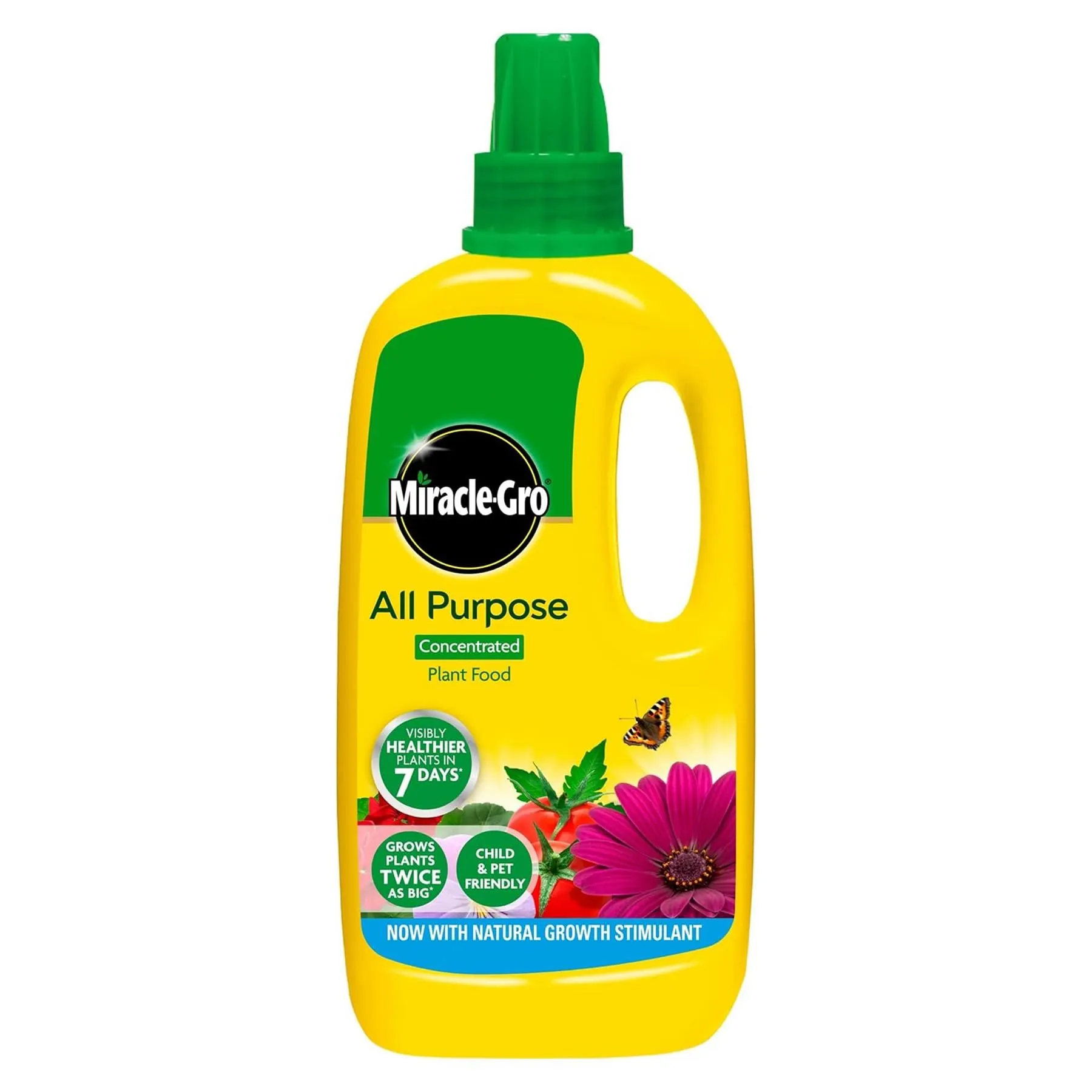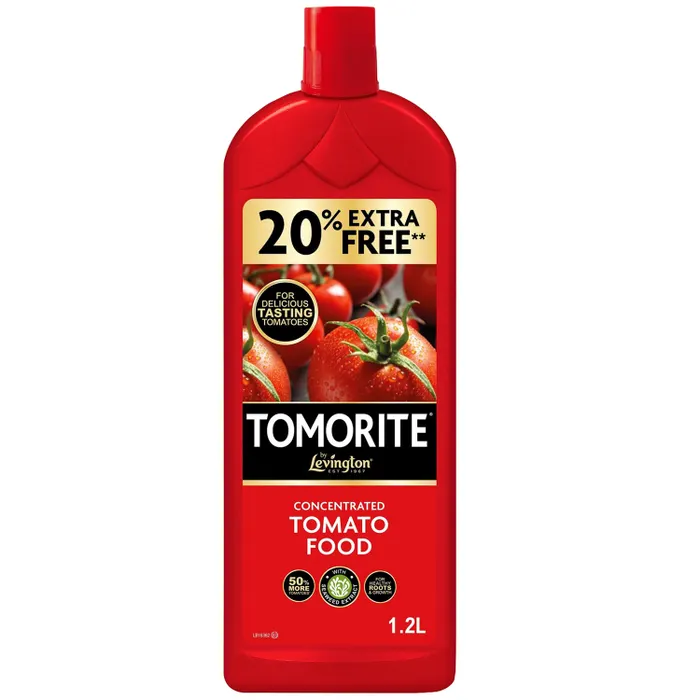A garden lawn is probably the most hostile environment provided by gardeners in furtherance of obtaining a beautiful garden. This is one reason for aerating a lawn. Nowhere else are plants - and grasses are indeed plants - subjected to such willful abuse than on the garden lawn.
Our grasses were originally grown as food crops for grazing animals - sometimes natural as with the sea marshes for grazing geese, and sometimes agriculturally for grazing cattle. We will omit the grasses that are grown as cereals, for they are generally not of the varieties that we have adapted for lawn use.
No other range of garden plants suffer - or would tolerate - the abuse that we heap upon those that serve us as our lawn! In 'normal' use our lawn is trampled in all manner of operations. Mowing, games, even walking, all serve to gradually compact the top few inches of soil that is largely responsible for the continuing health of the lawn grasses.
This compaction of soil does two things that are detrimental to our lawns. Trampled - or compacted - soils gradually prevent the free movement of water to the roots zone, and also exclude the all important air from the soil.

A single 'core' taken from a Lawn Aerating machine. This shows a heavy soil, a build up of thatch starting, and very poor root growth. The heavy, poorly-drained soil is conducive to the coarse grass that is seen here.
Compaction in itself is reason enough to somehow aerate the soil under the lawn: another reason is that of 'thatch' which builds up as a layer of almost impenetrable 'straw' on the surface of the soil beneath the green grass that we see.
Whilst lawn thatch can be removed over time with raking the lawn, compaction needs more drastic action by aeration of the top 4 inches of soil beneath the lawn. Most of the operations that serve to aerate your lawn will also negate the effects of thatch build up.

 Groundskeeper using lawn aeration equipment for turf maintenance
Groundskeeper using lawn aeration equipment for turf maintenance Woman scarifying a garden lawn with a scarifier. Scarification of turf, a spring garden maintenance job in England, UK
Woman scarifying a garden lawn with a scarifier. Scarification of turf, a spring garden maintenance job in England, UK lawn with holes on a football field after aerating
lawn with holes on a football field after aerating Picture of grass aerator on the green lawn
Picture of grass aerator on the green lawn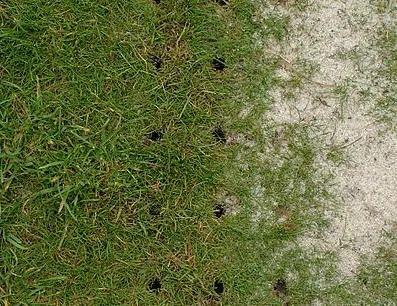

 Spiked Aerator Shoes.
Spiked Aerator Shoes.
 Core aeration on fescue lawn with aerator
Core aeration on fescue lawn with aerator




 Plugs of soil removed from golf course. Waste of core aeration technique used in the upkeep of lawns and turf
Plugs of soil removed from golf course. Waste of core aeration technique used in the upkeep of lawns and turf
